Made it up to the top of the infamous Mt. Vesuvius, the same volcano that destroyed Pompeii and Herculaneum back in 79 A.D. Talk about your ultimate burps! Earth just lets it out and poof! In minutes amazing cities full of life, beauty, art, and so much more are buried in tons of ash and lava.
This whole visit to the greater Neapolitan area is an amazing excursion through impossibly complicated layers of history, including the ones still unfolding. Anyway, here is a photo of the lip of the caldera, which last exploded in 1944 during WWII. The arrow points to the spot where we’re standing in the second photo.
Vulcanologists on the edge!
We were joined for the weekend by our pal Jasmine, who is staying in Berlin, but took advantage of the weirdly cheap European airfares to hop down for the weekend. We once all camped together at Burning Man. Here she is struggling with the ascent of Vesuvius.
Standing at the top of the mountain, which you can see from anywhere around here, the views were a bit hazy but still quite impressive. Naples is a sprawling metropolitan area of 4.5 million and you can get a vague glimpse of it in this photo.
The volcano is still very much alive, and the devastation that destroyed Pompeii and Herculaneum will happen again. Like San Francisco waiting for its next big quake, so Naples is always waiting for the next eruption of fire and brimstone from its majestic neighbor. Here’s a wisp of thermal energy escaping from the slopes of the caldera, which is quite huge and difficult to capture in a photograph.
After the trip up the volcano we returned to the base of the mountain where Herculaneum (Ercolano in Italian) is buried under dense urban squalor. But they have excavated a 4.5 hectare chunk of the old port town, and it has mosaics and structures that rival or even surpass those of Pompeii in terms of their current integrity.
This is the view from what was once the ocean, but is now a 60-foot rise of pure lava from which the town was excavated. In the foreground are the old shoreline warehouses where various goods were loaded and stored. Before the eruption, Herculaneum was on cliffs overlooking the sea. Now the sea is a good 400 meters further away, and the whole coastal plain has untold hidden secrets, since most of it was never discovered for 1700 years.
The recent novel Pompeii by Robert Harris gives a gripping description of the eruption and burial of this whole area, in the context of the daily lives (as he imagines them) of the time. Naples is the “new town” some distance away from the thriving Pompeii, and the minor port town of Herculaneum. The description of the aqueduct system is particularly compelling, and remains one of my favorite things about discovering Roman ruins. Hereabouts the Roman ruins are built over Greek ruins, which date back much earlier, and then before the Greeks there were even earlier civilizations hereabouts, especially near Pozzuoli. Yesterday we went to Cuma and Baia but more about that in the next post.
Here are a series of photos of Herculaneum…
This last photo is the Men’s Baths. Wouldn’t mind sitting around discussing philosophy and the news of the day in a facility like that!

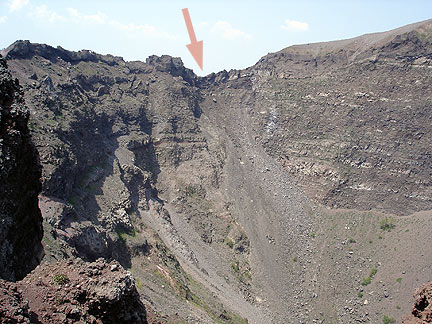
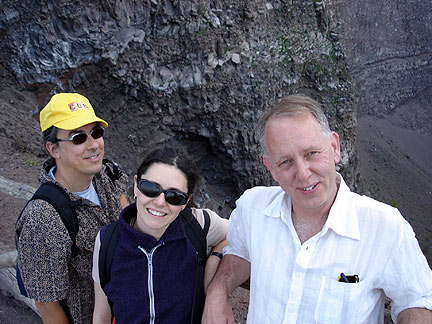

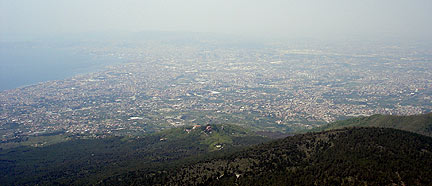
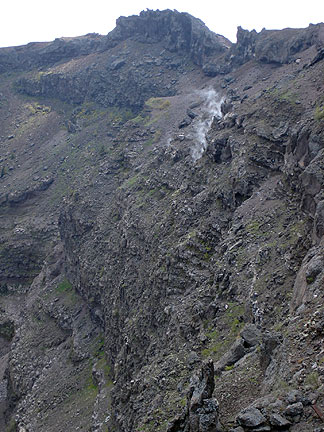
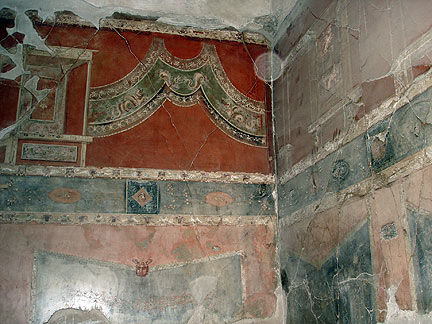
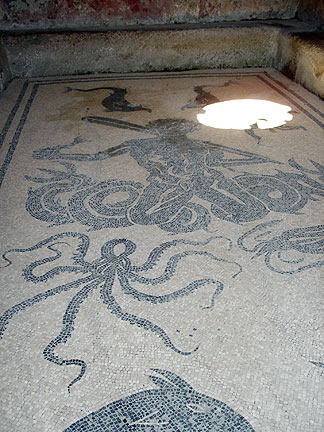
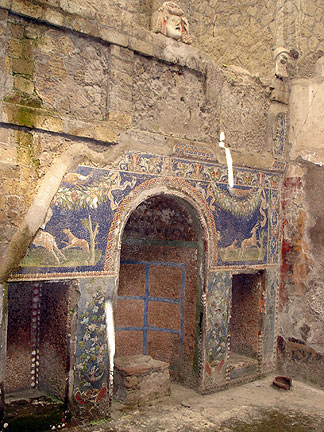
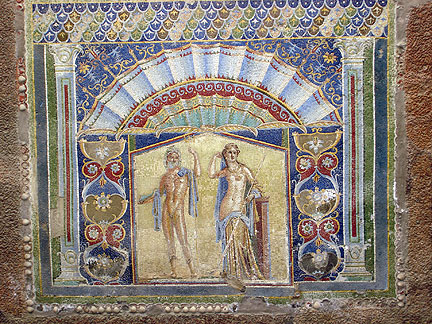
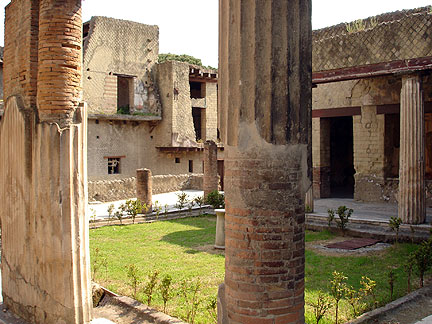
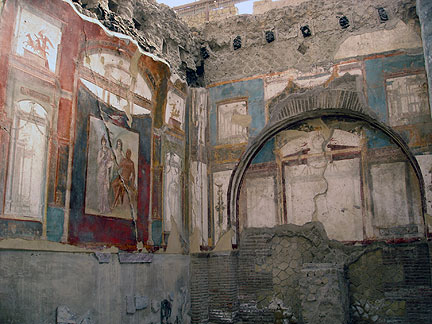












Leave a Reply